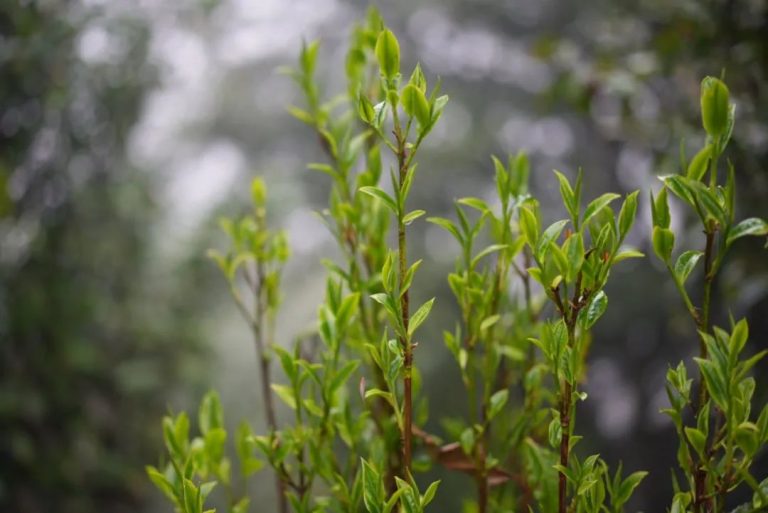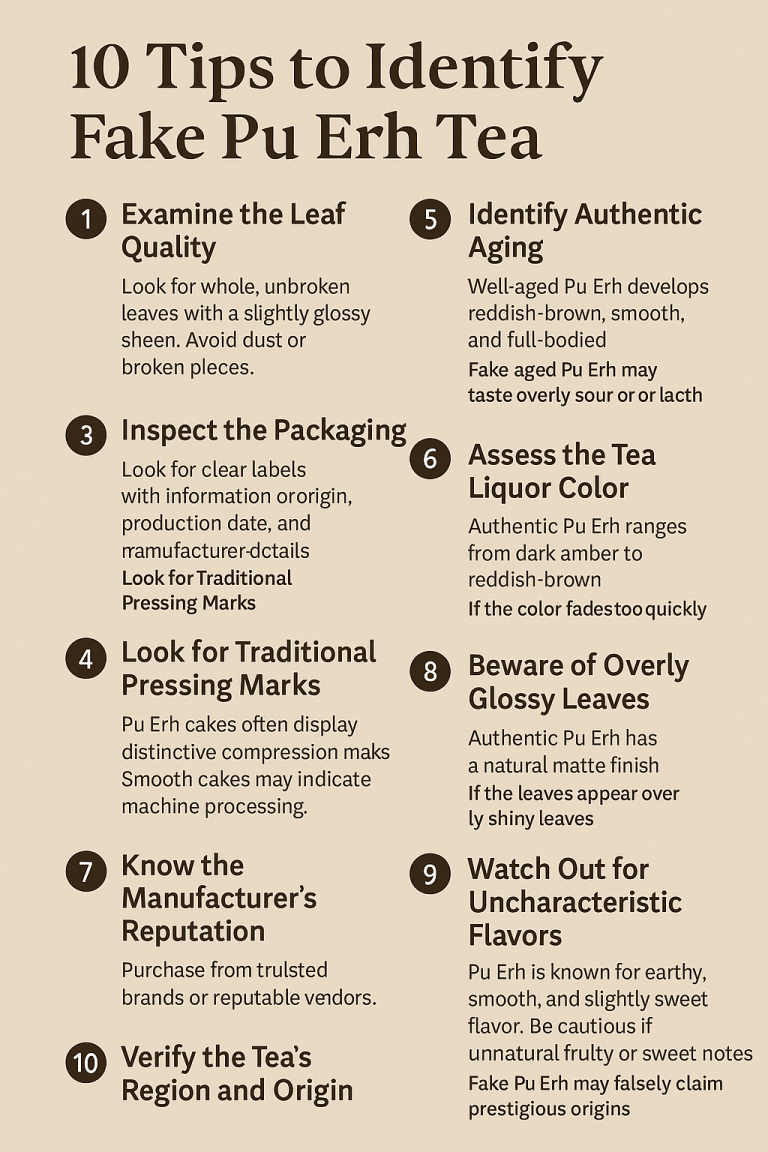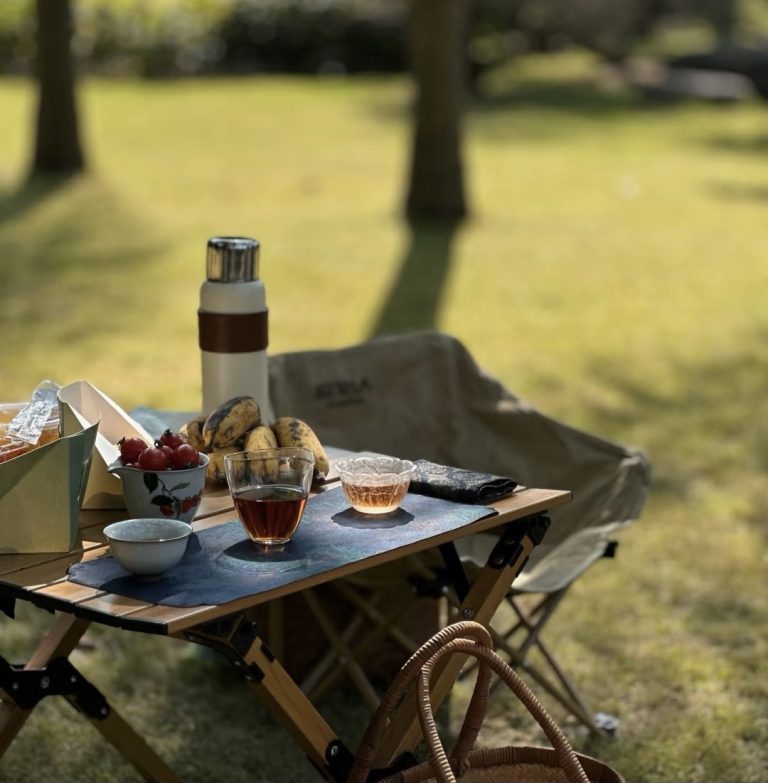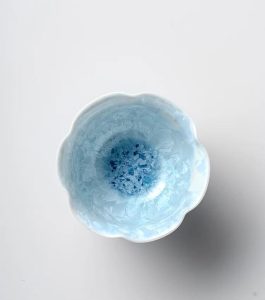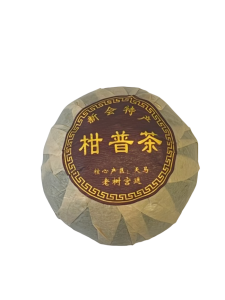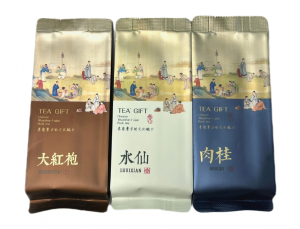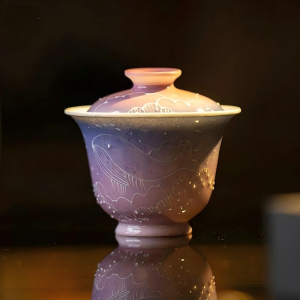
If you’re a fan of Pu erh tea, you know that it’s a unique, flavour-packed brew. But have you ever wondered how to make your cup of Pu erh even stronger? Whether you enjoy its earthy taste or prefer a bold, rich experience, brewing stronger Pu erh tea is easier than you might think. In this guide, I’ll share simple yet effective tips to get that perfect, powerful cup every time.
Let’s dive into the tips and techniques that will help you brew stronger Pu erh tea, just like a pro!
Choose the Right Tea Leaves
The first step to brewing stronger Pu erh tea is selecting high-quality tea leaves. Pu Erh is a special type of tea, and the quality of the leaves matters a lot when it comes to strength and flavour.
Tip:
- Opt for aged Pu erh or large-leaf varietals if you prefer a stronger, more complex flavour.
- Traditional hand-picked tea often contains more flavour than machine-picked versions.
Why it matters:
Tea leaves play a crucial role in the strength of your brew. The fresher and more robust the leaves, the stronger the flavour you’ll get. So, go for well-aged, full-bodied leaves for a truly bold cup.
Adjust the Tea-to-Water Ratio
One of the easiest ways to make your Pu erh tea stronger is by increasing the amount of tea you use.
Tip:
- Use 1.5-2 grams of tea per 10-15 ml of water. This is a stronger ratio than the usual 1:15 (tea: water), and it’s perfect if you’re aiming for a bolder flavour.
- Don’t be shy with the tea – the more leaves you use, the more flavour you’ll extract.
Why it matters:
A higher tea-to-water ratio gives you a more concentrated brew, which equals a stronger cup. You’ll taste more of the distinct, earthy notes of Pu erh, making it more enjoyable for those who like a bold tea experience.
Control the Water Temperature
The temperature of your water can either enhance or lessen the strength of your tea. For Pu erh tea, getting the temperature just right is essential.
Tip:
- Aim for 90°C to 95°C (194°F to 203°F) water. This temperature range is perfect for extracting the rich flavours without making the tea too bitter.
- Avoid boiling water – too hot and you risk over-extracting the tea, making it harsh.
Why it matters:
Water that’s too hot can scorch the delicate leaves, while water that’s too cool won’t extract enough flavour. Getting the temperature right ensures that your tea is strong but smooth, without any unwanted bitterness.
Longer Steeping Time
If you’re looking to increase the strength of your tea, you should consider steeping it for longer. Longer infusion times allow more flavour to be extracted from the tea leaves.
Tip:
- For a stronger cup, steep your Pu erh tea for 5-7 minutes (or even longer if you prefer).
- Keep an eye on it – while longer steeping adds strength, you don’t want it to get too bitter. Test the taste after 5 minutes, and if it’s still not strong enough, let it steep a bit longer.
Why it matters:
Steeping your tea for a longer period gives the water more time to absorb the full depth of flavour. A longer infusion results in a stronger, more pronounced brew that packs a punch.
Re-Steeping for Extra Strength
One of the most enjoyable aspects of Pu erh tea is its ability to be re-steeped multiple times. Each steeping brings out a slightly different flavour profile, but it also strengthens the overall brew.
Tip:
- Re-steep your Pu erh tea by increasing the steeping time with each infusion.
- After the first step, try increasing the time by 30-60 seconds for each subsequent step.
Why it matters:
Each infusion of Pu erh will become progressively stronger, so if you’re aiming for an even bolder tea, consider brewing multiple times. You’ll get the full strength and depth of the leaves.
Use the Right Tea Pot or Gaiwan

If you’re serious about brewing a stronger cup of Pu erh tea, the type of teapot or brewing vessel you use can make a difference. A gaiwan (a traditional Chinese tea bowl) or a small clay teapot works best for controlling the steeping process.
Tip:
- A gaiwan or small teapot allows for better control of water temperature and tea-to-water ratio.
- Avoid large teapots, as they tend to dilute the tea, making it weaker.
Why it matters:
The right tea vessel ensures that your tea steeps properly, helping to concentrate the flavours and giving you a stronger brew. Plus, a smaller vessel ensures that the tea leaves have enough room to expand, releasing more flavour.
Use Filtered Water
The quality of your water directly impacts the taste and strength of your tea. If you’ve been using tap water, it might be time to switch things up.
Tip:
- Use filtered or bottled water to avoid any unpleasant mineral or chlorine tastes that might affect the flavour of your tea.
- Soft water is usually best for tea brewing.
Why it matters:
Filtered water provides a cleaner, more neutral base for your tea, allowing the natural flavours of Pu erh to shine through. When brewing for strength, water quality is key to extracting the best possible flavour.
Conclusion
Now that you have all the tips for brewing a stronger cup of Pu erh tea, it’s time to put them into practice! Remember to experiment with the tea-to-water ratio, steeping time, and water temperature to find the perfect balance that suits your taste. With these simple adjustments, you’ll enjoy a rich, bold brew every time.
Want to learn more about Pu erh tea? Check out our other articles, such as our guide to Pu Erh tea, and join our Tea Club for regular deliveries of premium teas.

